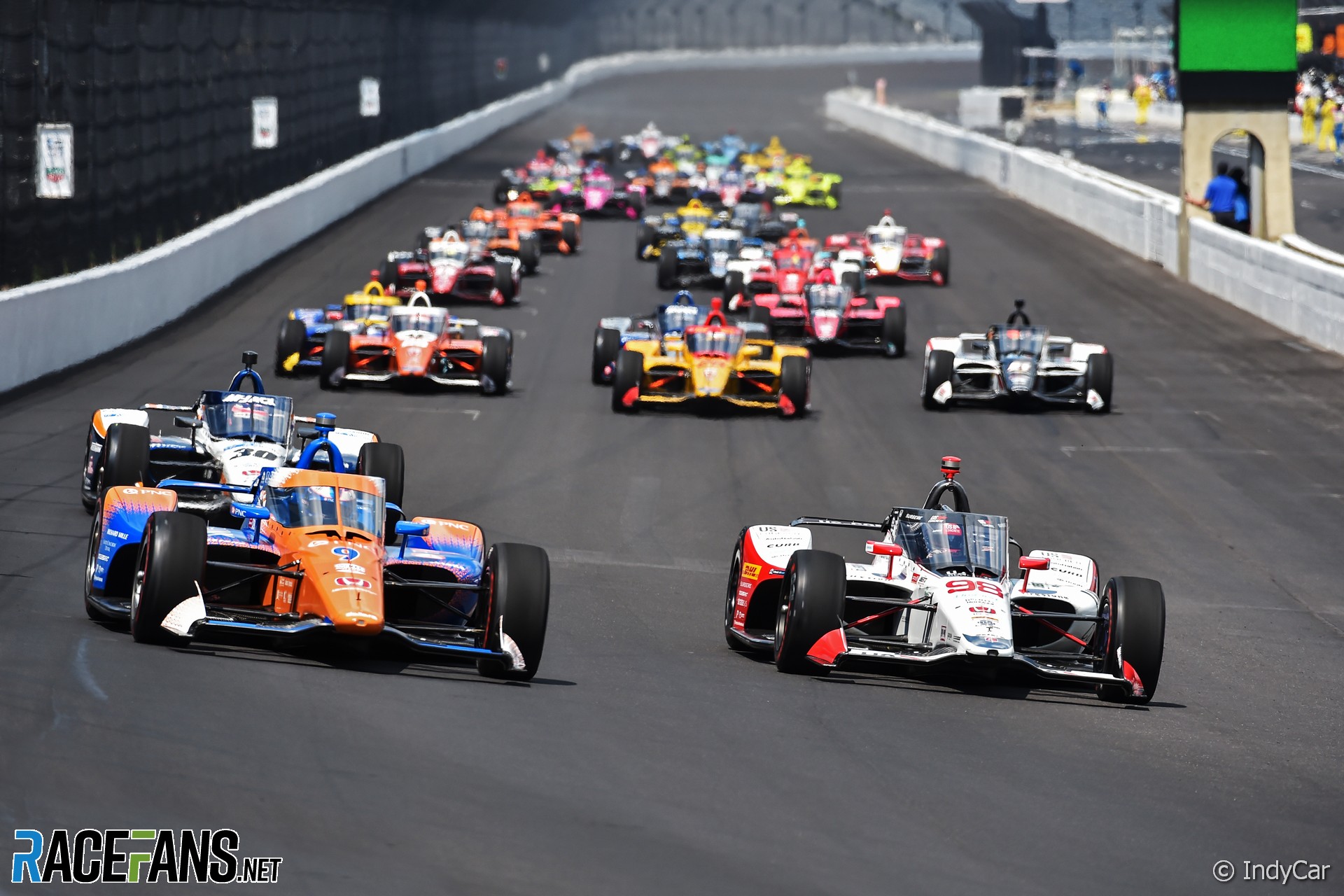History and Significance

The Indianapolis 500 start is one of the most iconic moments in motorsports. The race has been held annually since 1911, and it is considered one of the most prestigious races in the world.
As the thunderous engines roar to life at the Indianapolis 500 start, the anticipation builds to a fever pitch. The question on everyone’s lips is: who’s winning the Indianapolis 500? To find out, follow this link: who’s winning the indianapolis 500.
As the green flag waves, the adrenaline-fueled race unfolds, with each lap bringing us closer to the crowning of a champion at the Indianapolis 500 start.
The start of the Indianapolis 500 is a complex and dangerous procedure. The drivers must line up their cars in a single file, and then they must accelerate to full speed as quickly as possible. The first car to cross the start/finish line is the winner of the race.
Key Moments and Milestones
The Indianapolis 500 start has undergone several changes over the years. In the early days of the race, the drivers were allowed to start their cars in any order they wanted. However, in 1933, the race was started in a single file for the first time.
In 1947, the race was started with a rolling start. This meant that the drivers were already moving when the green flag was waved. The rolling start was used until 1979, when it was replaced by a standing start.
The standing start is the most common type of start used in the Indianapolis 500 today. The drivers must line up their cars in a single file, and then they must wait for the green flag to be waved. Once the green flag is waved, the drivers accelerate to full speed as quickly as possible.
Cultural and Economic Impact
The Indianapolis 500 start is a major cultural event in the United States. The race is watched by millions of people around the world, and it is a major source of revenue for the city of Indianapolis.
The Indianapolis 500 start has a significant economic impact on the city of Indianapolis. The race generates millions of dollars in revenue for the city, and it helps to support thousands of jobs.
Drivers and Teams

The Indianapolis 500 is a race of exceptional drivers and teams, each with their unique strengths and strategies. This year’s competition features a thrilling lineup of established veterans and rising stars, all vying for the coveted victory at the Brickyard.
Team Penske, led by the legendary Roger Penske, is a formidable force with a rich history of success at Indy. Their drivers, Josef Newgarden and Scott McLaughlin, are both former series champions and possess the experience and skill to contend for the win.
Chip Ganassi Racing
Chip Ganassi Racing is another powerhouse team that has consistently challenged for the Indianapolis 500 title. Their lineup includes six-time series champion Scott Dixon, who holds the record for most wins at the Brickyard. Alex Palou, the reigning series champion, and Marcus Ericsson, a former IndyCar rookie of the year, complete the formidable trio.
Andretti Autosport, Indianapolis 500 start
Andretti Autosport, owned by the iconic Andretti family, is a perennial contender at Indianapolis. Their drivers include Romain Grosjean, a former Formula 1 star, and Colton Herta, one of the most promising young talents in the sport. Alexander Rossi, a former Indianapolis 500 winner, rounds out the team’s strong lineup.
Race Dynamics: Indianapolis 500 Start
The Indianapolis 500 is a unique race with its own set of challenges and dynamics. One of the most important aspects of the race is the start. The start of the Indianapolis 500 is a highly technical and dangerous procedure that requires a great deal of skill and coordination from the drivers and their teams.
The race starts with a rolling start. The cars are lined up in order on the grid, and the green flag is waved to start the race. The cars then accelerate down the straightaway, and the first car to cross the finish line is the winner.
Role of Pit Crews and Race Engineers
The pit crews and race engineers play a vital role in the success of a driver in the Indianapolis 500. The pit crew is responsible for changing tires, refueling the car, and making other adjustments during the race. The race engineer is responsible for communicating with the driver and making strategic decisions during the race.
The pit crew must be able to work quickly and efficiently to get the car back on the track as quickly as possible. The race engineer must be able to make quick decisions and communicate them clearly to the driver.
Start Procedure and Challenges
The start of the Indianapolis 500 is a dangerous and challenging procedure. The cars are all lined up very close together, and the drivers must be able to accelerate quickly without hitting each other. The track is also very bumpy, and the cars can easily lose control.
The drivers must be able to stay focused and calm during the start of the race. They must also be able to react quickly to any changes in the track conditions.